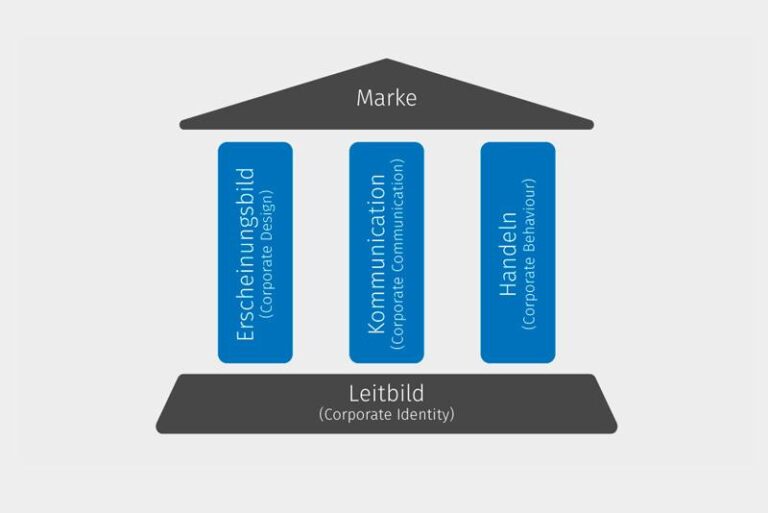Decoding Corporate Narratives on DEI and ESG: What Leaders Highlight and What They Overlook
How Executives Frame Diversity, Equity, Inclusion, and ESG Initiatives
In today’s corporate world, diversity, equity, and inclusion (DEI) are increasingly portrayed not just as ethical imperatives but as vital components of business durability and innovation. Leaders often emphasize measurable objectives—such as workforce diversity quotas and inclusive recruitment strategies—positioning these as essential drivers of competitive advantage. Yet, there is a noticeable avoidance of more sensitive internal issues, including the retention challenges faced by underrepresented groups or resistance from certain employee segments. Instead, corporate messaging tends to spotlight positive collaborations with community partners and the integration of environmental, social, and governance (ESG) principles into leadership frameworks.
Regarding ESG, executives frequently underscore their dedication to transparency and sustainable financial outcomes. However, they often sidestep thorny topics like the alignment of executive pay with ESG targets or the tension between immediate profitability and long-term social commitments. Common themes in their communications include:
- Industry-wide partnerships focused on greening supply chains
- Investments in clean energy technologies and efforts to lower carbon emissions
- Engagement with stakeholders, though often without discussing the compromises involved
| Focus Area | Frequently Highlighted | Topics Often Avoided |
|---|---|---|
| DEI | Workforce diversity targets | Internal challenges and resistance |
| ESG | Transparency and sustainability efforts | Executive compensation and profit trade-offs |
Transparency and Accountability: How Companies Disclose Progress and Shortcomings
While many organizations are embracing greater openness about their DEI and ESG initiatives, full transparency remains uneven. Public reports often include detailed data on workforce demographics, board diversity, pay equity, and environmental footprints. However, some companies produce polished narratives that emphasize successes while downplaying persistent obstacles. This selective disclosure has prompted investors and advocacy groups to demand more rigorous and honest accountability frameworks.
Top-performing companies are now adopting comprehensive reporting models that balance celebration of achievements with frank recognition of areas needing improvement. Key features of these evolving practices include:
- Independent third-party audits to verify data accuracy and uncover discrepancies
- Real-time DEI and ESG dashboards accessible to stakeholders for ongoing monitoring
- Clear identification of gaps alongside actionable plans for progress
- Forums for stakeholder feedback to enhance accountability and responsiveness
| Reporting Aspect | Typical Practice | Level of Transparency |
|---|---|---|
| Workforce Diversity | Annual demographic reports | Moderate to High |
| Environmental Impact | Carbon emissions and waste data | Varies widely |
| Pay Equity | Gender and racial pay gap disclosures | Low to Moderate |
| Governance | Board diversity and ethics policies | High |
Meeting Stakeholder Demands: Balancing Profit with Purpose
Modern businesses face the challenge of reconciling the growing demand for social responsibility with the imperative to deliver financial returns. While executives recognize the importance of DEI and ESG, they also express concerns about maintaining profitability without diluting these commitments. Stakeholders—including investors, customers, and employees—increasingly expect transparent evidence of social impact, compelling companies to weave purpose-driven goals into their core strategies.
Key stakeholder expectations shaping corporate responses include:
- Transparency: Open and clear communication about DEI and ESG progress to foster trust.
- Quantifiable Outcomes: Demand for concrete, data-backed results rather than vague promises.
- Long-Term Integration: Embedding sustainability and inclusion into the company’s foundational values.
- Financial Responsibility: Ensuring that social initiatives are balanced with prudent fiscal management.
| Expectation | Corporate Approach | Stakeholder Priority |
|---|---|---|
| Transparency | Frequent, detailed ESG disclosures | High |
| Measurable Impact | Defined KPIs for DEI initiatives | High |
| Long-Term Vision | Institutionalizing ESG in governance structures | Medium |
| Financial Prudence | Balancing investments with profitability | High |
Best Practices for Communicating DEI and ESG Commitments
To move beyond superficial statements, companies should embed genuine transparency and authenticity into their DEI and ESG communications. Clearly defined objectives, measurable results, and honest acknowledgment of ongoing challenges enhance credibility with stakeholders. Prioritizing consistent internal dialogue fosters an inclusive culture where diverse viewpoints fuel sustainable innovation. Combining compelling storytelling with transparent data helps counteract accusations of performative allyship or greenwashing.
Effective communication strategies include:
- Blending qualitative narratives with quantitative data: Sharing personal experiences alongside robust metrics to provide a comprehensive view of progress.
- Customizing messages for varied audiences: Tailoring communications to address the unique concerns of investors, employees, and customers.
- Utilizing third-party validations: Incorporating independent assessments from auditors or NGOs to bolster credibility.
- Providing frequent updates: Publishing regular progress reports and future plans to maintain momentum and accountability.
| Communication Aspect | Recommended Practice | Anticipated Benefit |
|---|---|---|
| Authenticity | Openly discuss setbacks and lessons learned | Strengthens stakeholder trust |
| Data Transparency | Share clear, comparable metrics | Supports informed decision-making |
| Audience Segmentation | Adapt messaging to stakeholder groups | Enhances engagement and relevance |
| Third-Party Endorsements | Publish independent reviews and certifications | Boosts credibility and accountability |
Looking Ahead: Navigating the Future of Corporate Responsibility
As businesses continue to evolve their approaches to diversity, equity, inclusion, and ESG priorities, their public communications reveal a mix of earnest commitments and strategic omissions. While many organizations proudly share milestones and ambitious targets, the subtleties of what remains unspoken highlight ongoing challenges and calculated decisions. For stakeholders seeking genuine accountability, understanding this dynamic is essential. Moving forward, scrutinizing both the narratives and the silences around DEI and ESG efforts will be key to evaluating authentic progress within the corporate sector.





